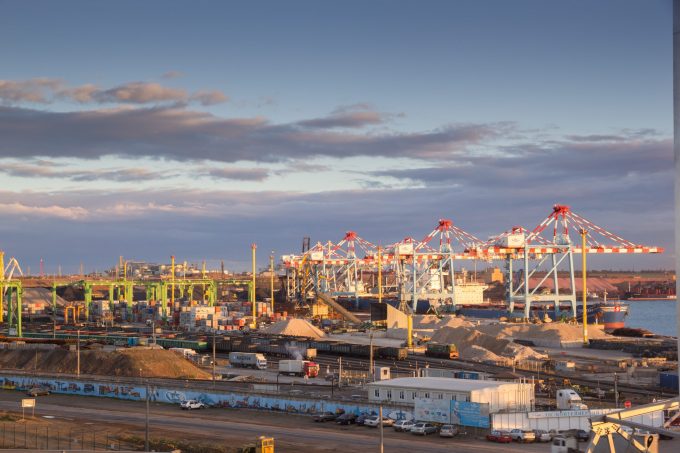More luck than judgment? Top 10 box lines enjoy elusive balance
Something of a sweet spot?

MSC, as part of the 2M Alliance, is to launch a rail-river export service for Ukrainian cargo in the Odessa region heading to Constanta in Romania, for onward connections to global destinations.
Speaking exclusively to The Loadstar, Odessa-based consultancy Informall said the first train was due ...

Comment on this article